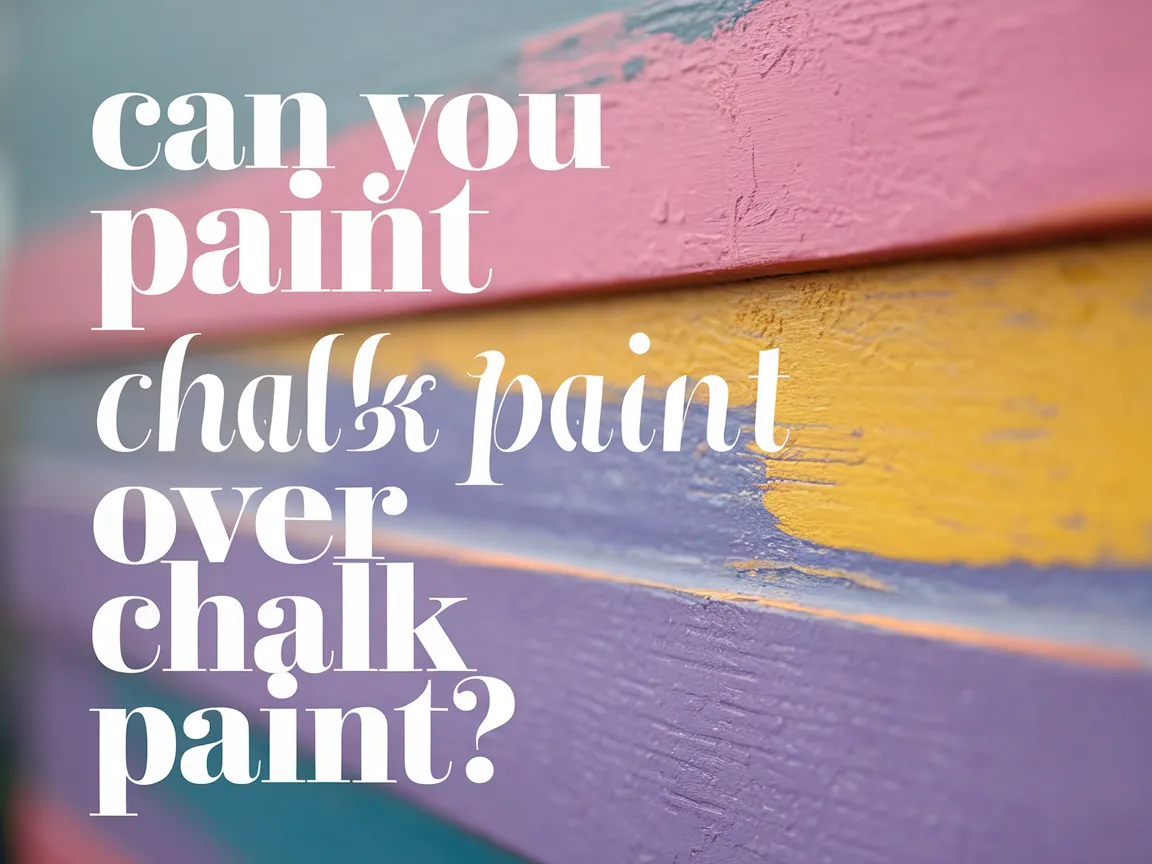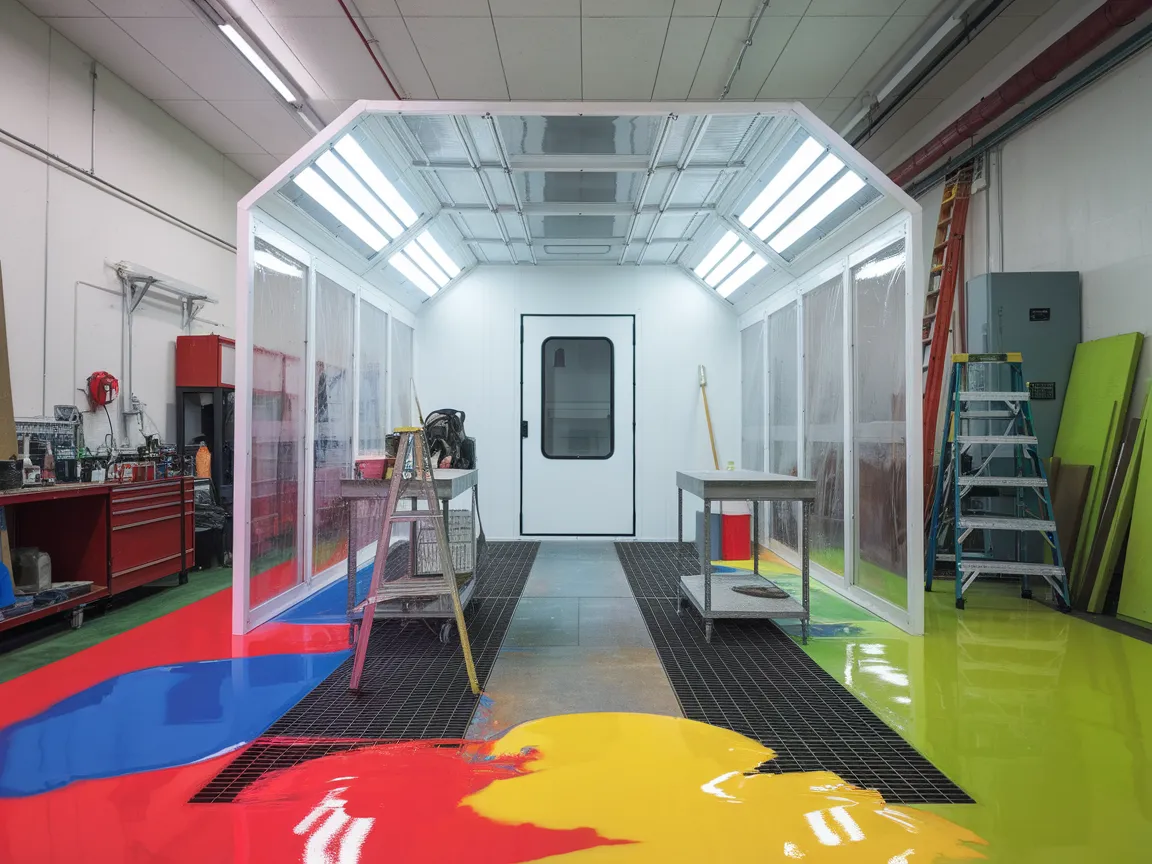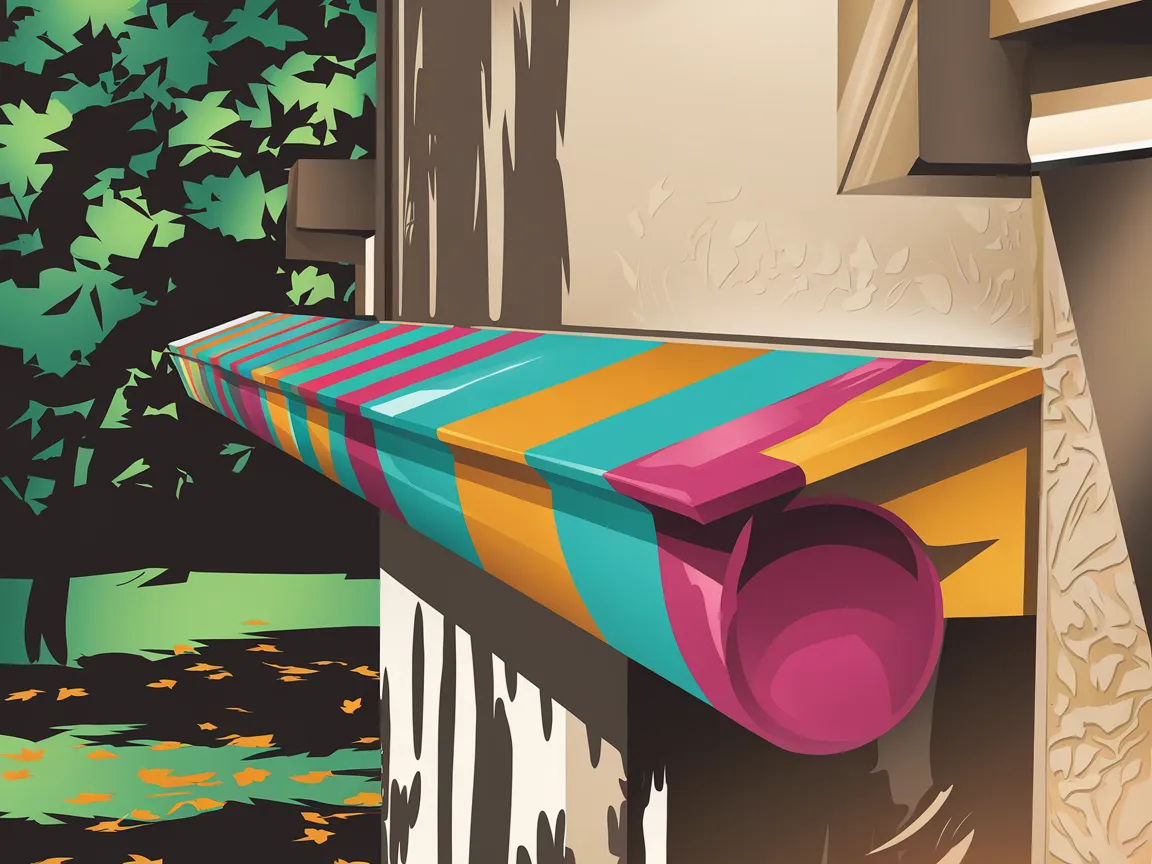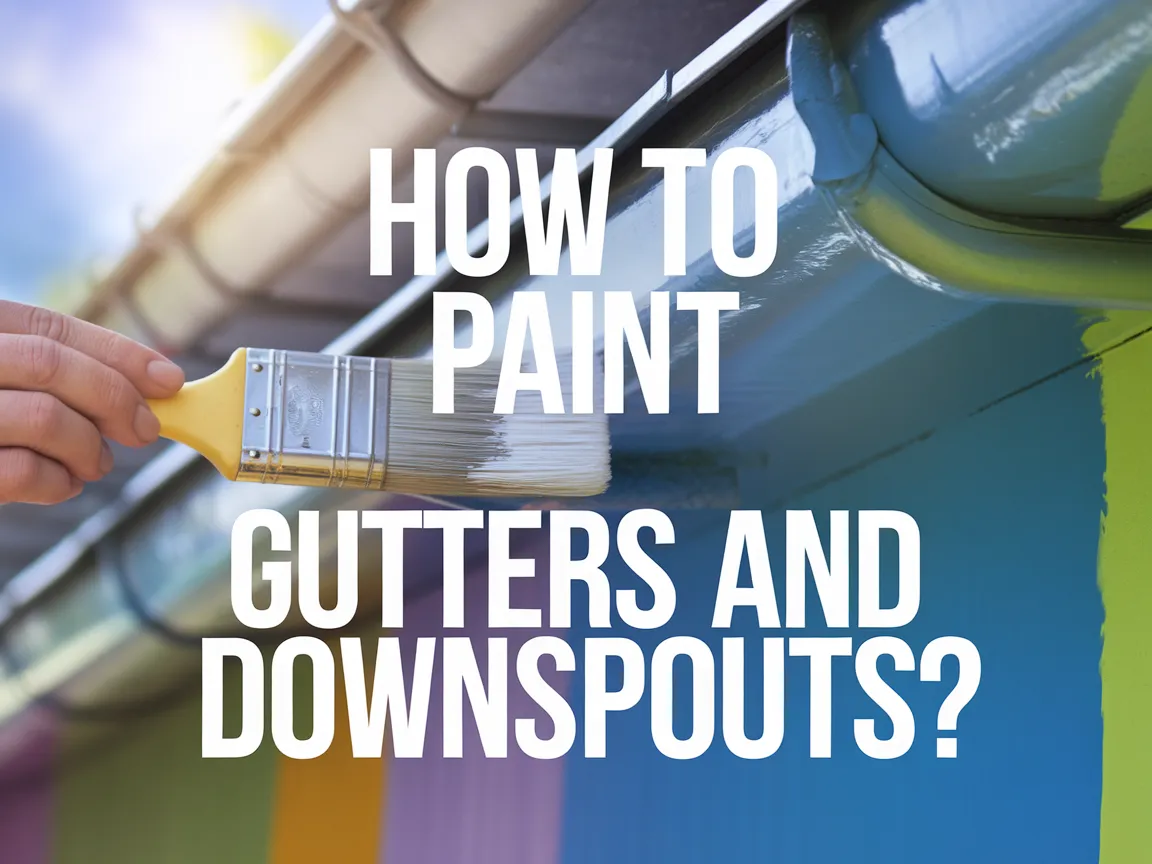Why Are NBA Courts Painted?
NBA courts are special basketball floors where some of the best players show off their skills. They’re like giant colorful canvases, ready for action!
Why are NBA courts painted? Well, it’s super important for the game’s look and quality. I remember going to a game and being amazed at how vibrant and clear everything looked; it really sets the stage for the excitement!
In this article, you’ll learn about why basketball courts are painted, the steps to paint a court, essential tips to consider, and common issues folks face when they paint basketball courts. You’ll also discover the best colors and types of paint to use to have a stunning court that pops with personality, whether you want to know how to paint a concrete basketball court or the overall court painting process.
Contents
- 1 Why Are NBA Courts Painted?
- 2 What Are NBA Courts?
- 3 Essential Considerations Before You Start
- 4 Step-by-step Guide to Painting NBA Courts
- 5 Recommended Color Palette for NBA Courts
- 6 Types Of Paint Used in NBA Court Painting
- 7 Factors Affecting NBA Court Painting Choices
- 8 Common Issues Encountered When Painting NBA Courts
- 9 Finishing Touches for a Professional Look
- 10 Historical Evolution of NBA Court Painting
- 11 FAQ About NBA Court Painting
- 12 Conclusion
- 13 Additional Resources
Why Are NBA Courts Painted?
NBA courts are painted for branding, visibility, and player safety. The bright colors help fans see plays clearly while also marking boundaries and areas. Specific designs promote teams and sponsors effectively. Painting techniques ensure durability and grip. Maintaining the vividness of colors and ensuring they stay pristine requires knowledge of how different paint techniques and materials react to surfaces and external factors.
The Finishing Touch
A freshly painted wall is a blank canvas. The best way to bring your room to life is with a single piece of statement art that ties everything together.
Browse Wall Art at Big Wall DecorWhat Are NBA Courts?
NBA courts are specially designed basketball surfaces made from high-quality maple wood. The standard dimensions are 94 feet (28.65 Meters) long by 50 feet (15.24 Meters) wide, adhering to strict NBA regulations.
They feature precise markings for gameplay, including the three-point line, free-throw line, and key area. These markings enhance visibility and player strategy. Referees can manage busy games seamlessly thanks to these well-designed paint court layouts. You might also consider exploring innovative methods like painting outdoor surfaces for a unique approach to your playing environment.
I’ve played on NBA courts for pickup games with friends. The feeling of dribbling on that slick surface is electrifying! The colorful lines painted on the court remind me that painting a basketball court requires attention to detail and specific skills. It’s fascinating to learn how to paint a concrete (Solid) basketball court and how it impacts the game! If you’re curious about the curing process, explore the intricate steps involved in baking salt dough after painting.
Essential Considerations Before You Start
What do you need to set up for the ‘why are NBA courts painted’ process?
- Acrylic paint: Use high-quality acrylic paint like Benjamin Moore Elite for durability and color accuracy. It’s essential for long-lasting, vibrant court markings.
- Measuring tape: A 30 ft (9 M) measuring tape is vital to ensure accurate dimensions when marking lines on the court. Accuracy prevents costly mistakes!
- Stencils: Specialized court line stencils from Court Line Systems are necessary for uniform and professional markings.
- Nap roller: Use a 3/8 inch (9.5 Mm) nap roller for smooth paint application. It ensures consistent coverage, especially on textured surfaces.
That covers key factors to consider before starting. Let’s now take a look at the step-by-step painting process for NBA courts.
Also See: How Much Does 5 Gal Of Paint Weigh? Find Out Here!
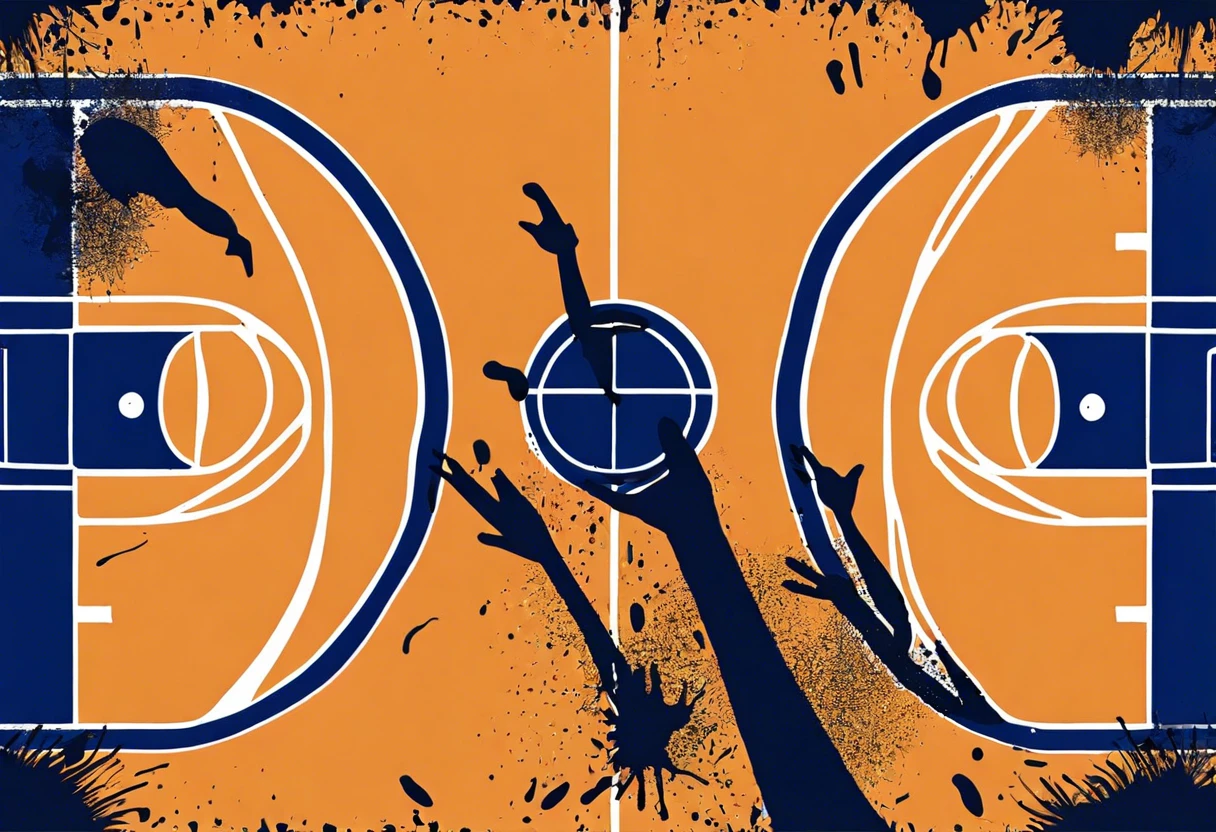
The Finishing Touch
A freshly painted wall is a blank canvas. The best way to bring your room to life is with a single piece of statement art that ties everything together.
Browse Wall Art at Big Wall DecorStep-by-step Guide to Painting NBA Courts
Now, we’ll cover the critical steps to paint courts for NBA games.
-
Preparing the Court Surface
Clean the court surface thoroughly. Dirt can cause paint failure, so make sure every inch of the floor is dust-free.
A pressure washer is best for deep cleaning. The goal is to remove contaminants that affect paint durability.
-
Selecting the Right Paint
Choose paint specifically designed for athletic courts. It should be durable and resistant to scuffs and fading, typically an acrylic-based formula.
Good NBA court paint covers about 5-7 square meters (54-75 Square Feet) per liter (Quart), so estimate your needs accordingly.
-
Marking the Court Dimensions
Measure the court using official dimensions—28 by 15 meters (94 by 50 Feet) for NBA regulations. Use chalk or tape to visualize markings before painting.
Accuracy is crucial; misaligned lines can ruin your paint job and gameplay!
-
Applying Base Coats
Apply a base coat; two to three coats offer better adhesion. Allow the first coat 24 hours to dry before applying the next.
The base coat typically adds 0.5 millimeters (0.02 Inches) of thickness, providing a solid foundation for the court markings.
-
Adding Court Markings
Use stencils for accuracy when painting lines for the three-point line, free throw line, and sidelines. Each marking must be at least 50 millimeters (2 Inches) wide.
Clarity is essential; poor visibility can confuse players and hinder gameplay. I learned this the hard way by using improper sizing on a smaller scale!
-
Final Coating and Sealing
Once the stripes are dry, apply a topcoat for protection. Use a clear sealant designed for outdoor sports surfaces.
Sealants enhance longevity and bring out the vibrancy of your paint. Good sealing can significantly extend the lifespan to possibly over 3 years with proper care.
We have now covered the process of painting NBA courts. The next section will discuss a recommended color palette for NBA courts.
Recommended Color Palette for NBA Courts
I recommend the “Game Day Glory” color palette because it energizes fans and players with its bold contrasts, making the court pop on television.
| Color Box | Hex Code | Color Name |
|---|---|---|
| #005EB8 | Royal Blue | |
| #FFD700 | Gold | |
| #A52A2A | Brown | |
| #FFFFFF | White |
You should now have a good understanding of the suggested color schemes for NBA courts. In the next part, we’ll discuss the types of paint used in NBA court painting.
Types Of Paint Used in NBA Court Painting
Let’s discuss the types: Epoxy, Acrylic, Polyurethane, and Line Paint.
-
Epoxy Paint
Epoxy paint is a two-part resin known for its durability. It’s often used in high-traffic areas because it withstands wear, providing a long-lasting finish.
-
Acrylic Paint
Acrylic paint dries quickly and offers vibrant colors, making it popular for court designs. It’s weather-resistant and adheres well to concrete, essential for outdoor courts.
-
Polyurethane Paint
Polyurethane paint provides a strong, flexible seal that protects the court from moisture and impacts. This type is crucial for maintaining the court’s surface integrity and aesthetics.
-
Line Paint
Line paint is used specifically for marking boundaries and lines on the court. It’s designed for visibility and can be applied precisely to meet NBA regulations.
After numerous attempts, I’ve found that Acrylic paint excels in aesthetics. It brings vibrant colors and dries quickly, keeping the design sharp during the busy season.
That covers the different types of paint used in NBA court painting. Let’s now take a look at the factors influencing painting choices.

Factors Affecting NBA Court Painting Choices
What factors influence the design of NBA court paint styles?
-
Team Branding: Team colors and logos create visual appeal, making each court unique.
-
Player Visibility: High-contrast paint improves visibility for players and fans.
-
Marketing Opportunities: Sponsorship logos require specific placements, influencing court paint design.
-
Maintenance Considerations: Some paint finishes are easier to clean, affecting long-term appearance and upkeep.
Common Issues Encountered When Painting NBA Courts
My friend once faced uneven paint application while painting NBA courts. This resulted in inconsistent color shades that looked terrible.
To fix it, he mixed a 50/50 ratio of paint to thinner. He also used a high-pressure spray gun, ensuring a uniform layer and a smoother finish. This is crucial for NBA courts!
Finishing Touches for a Professional Look
After exploring the finishes for basketball court painting, regular maintenance is essential. Use a soft mop with a neutral pH cleaner every two weeks to preserve the court lines.
Inspect the court surface for blemishes after each practice session. I recommend using a specialized cleaner like Bona Wood Floor Cleaner to precisely assess wear and tear.
I regularly apply a slip-resistant treatment, like SC Johnson’s RejUVENation, every three months to improve traction. It’s a game-changer for established courts.
The Finishing Touch
A freshly painted wall is a blank canvas. The best way to bring your room to life is with a single piece of statement art that ties everything together.
Browse Wall Art at Big Wall DecorHistorical Evolution of NBA Court Painting
Let’s take a quick look at how the painting of NBA courts has changed over time.
| Year | Key Changes | Impact on Game |
|---|---|---|
| 1946 | Introduction of Hardwood Floors | Improved player safety and performance. |
| 1976 | Standardization of Court Dimensions | Consistent gameplay across all teams. |
| 1990 | Colorful Team Branding | Enhanced fan engagement and team identity. |
| 2010 | Use of Eco-friendly Paints | Sustainability efforts in sports facility management. |
FAQ About NBA Court Painting
What Are the Official Colors Used on NBA Courts?
Yes, the official colors used on NBA courts are a combination of blue, red, and white. These colors represent each team’s branding and are carefully chosen to maintain visibility and aesthetic appeal.
Is It Safe to Paint an NBA Court Surface?
Yes, it is safe to paint an NBA court surface when using specially formulated paint. These paints are designed to adhere well and resist wear and tear from intense activity, typically lasting 4 to 8 years. If you notice issues like your paint bubbling, it might be due to underlying problems that need addressing, as detailed in why the paint is bubbling.
How Often Should NBA Courts Be Repainted?
NBA courts should be repainted every 3 to 5 years. This ensures the court looks fresh and remains safe, as worn-out paint can lead to slippery or uneven surfaces.
Can I Paint an NBA Court Myself?
No, it’s not advisable to paint an NBA court yourself. Professional painters use industrial-grade equipment and techniques to ensure proper application and durability.
What Regulations Must Be Followed When Painting NBA Courts?
Certain regulations must be followed when painting NBA courts, including compliance with NBA guidelines on colors and dimensions. Each court must adhere to specifications of 28 meters by 15 meters (94 Ft by 50 Ft) in size. If you’re curious about working with different media, explore how you can paint on canvas with watercolors.
How Do They Paint a Basketball Court?
Paining a basketball court involves careful preparation and specific techniques. It typically starts with cleaning, patching, and using acrylic or epoxy-based paint for long-lasting results.
What Equipment is Needed for Painting an NBA Court?
You’ll need the right equipment to paint an NBA court. Essential tools include striping machines, rollers, and safety gear to ensure precise lines and adherence to standards.
How Much Does It Cost to Paint an NBA Court?
It typically costs between $5,000 to $30,000 to paint an NBA court, depending on the quality of materials used and the complexity of the designs.
Conclusion
That’s everything I wanted to share with you. We covered why NBA courts are painted, what they are, essential considerations, step-by-step painting guides, recommended color palettes, types of paint used, factors that affect painting choices, common issues, finishing touches, and creative DIY ideas.
To wrap it up, NBA courts are painted not just for looks, but for functionality, branding, and safety—using specific colors and paint types that enhance the playing experience. If you have more questions about the painting of NBA courts, feel free to reach out.
For additional tips and tricks, visit Paint Answers.
Additional Resources
- Betti, C., & Sale, T. (2012). Drawing: A Contemporary Approach (6th ed.). Belmont, CA: Cengage Learning.
- The facts behind flooring for NBA basketball courts – Sports Illustrated
- r/nba on Reddit: How do they paint logos on the basketball court?
- r/nba on Reddit: The NBA Cup courts are terrible and hard on the eyes
Isabella is a Filipino-American art writer and critic specializing in contemporary painting, blending her Filipino heritage with global art trends. She holds a BFA from California State University, Long Beach, and a Minor in Art History from the University of the Philippines. Isa has experience as a Gallery Assistant, Art Appraisal Specialist, and Social Media Creative for Art & Design.
Exterior, Wall






